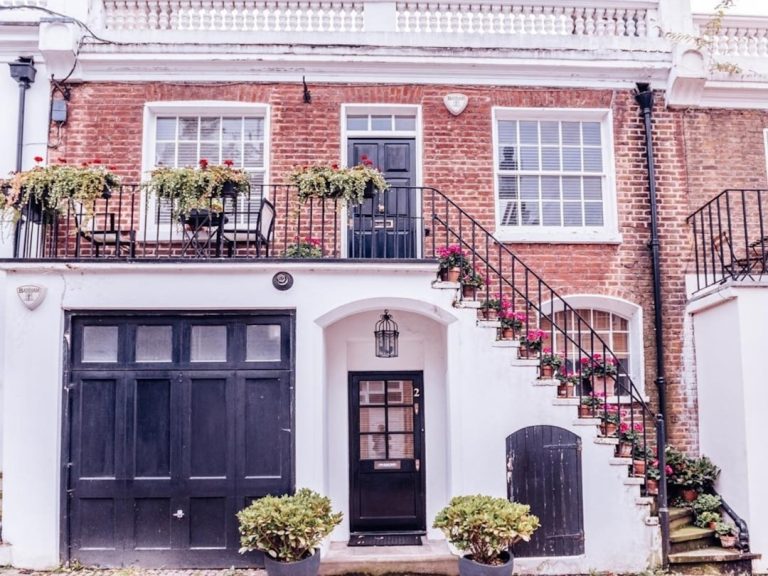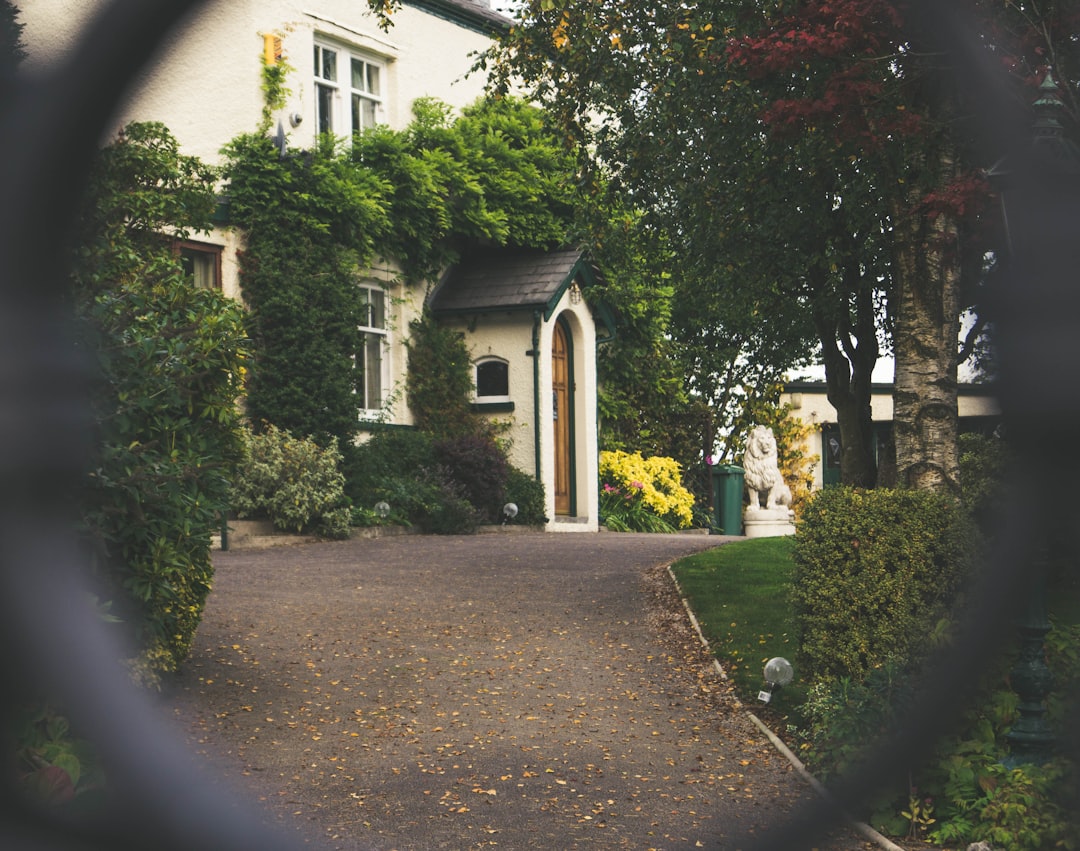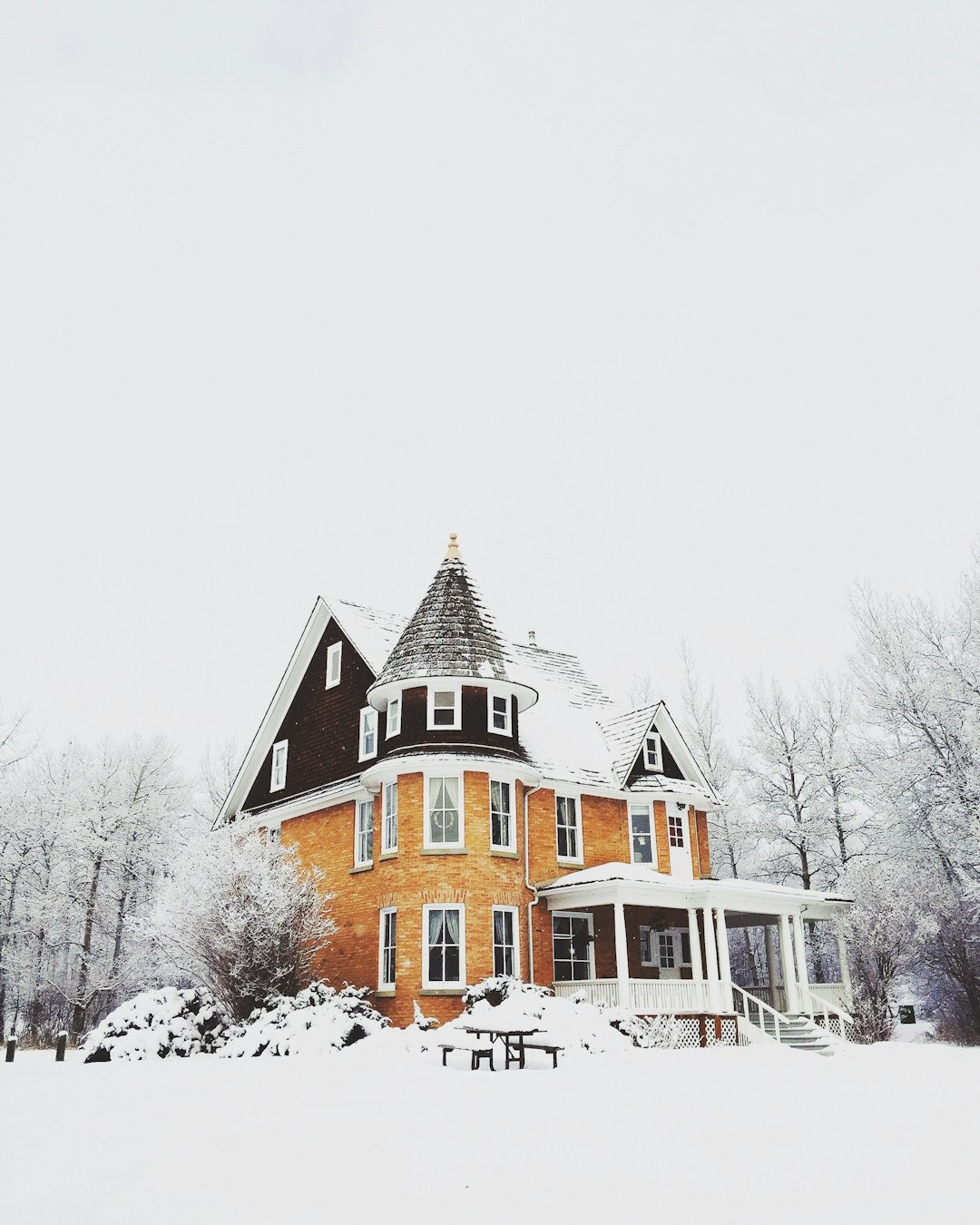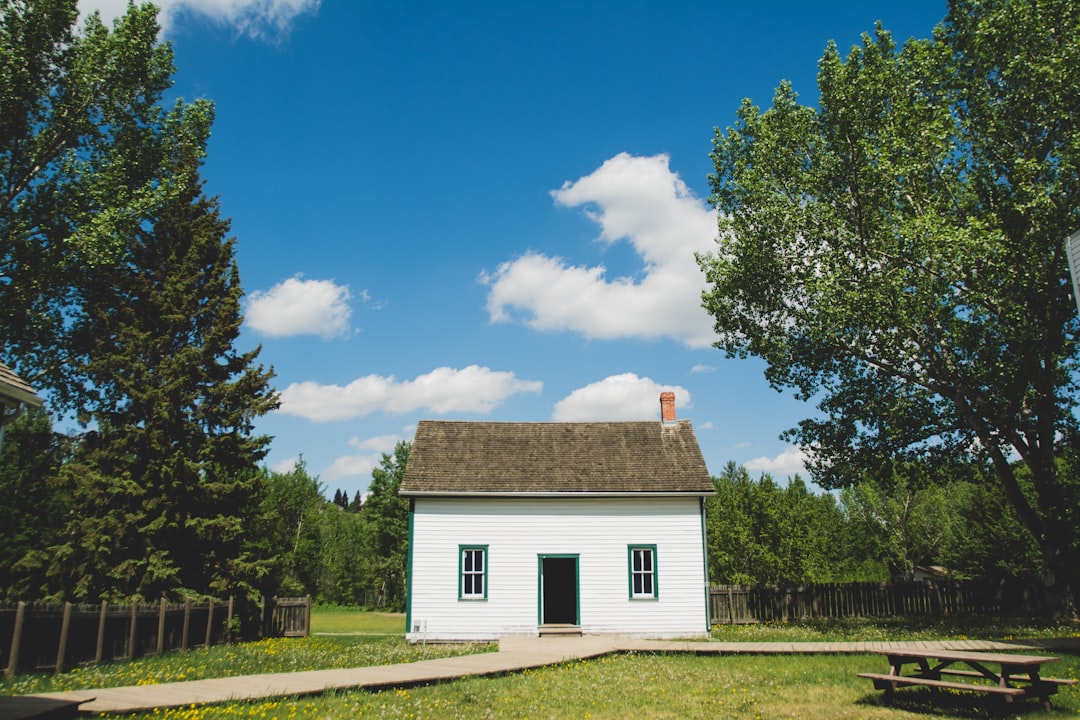The restoration of heritage and historical homes is a carefully regulated process that ensures these significant structures are preserved with respect to their architectural and historical value. This involves comprehensive documentation and legal compliance with local, state, and federal regulations, often involving preservation designations like those on state or national registers. These designations come with detailed guidelines based on the Secretary of the Interior's Standards, which provide a framework for restoration work that balances maintaining historical character with ensuring physical integrity. Restoration efforts require collaboration with local historical commissions and preservation boards, and the expertise of architects and historians to adhere to these standards. The process emphasizes maintaining original design and construction methods while using materials that accurately represent the home's era. Expert craftsmanship is essential to replicate details and ensure structural soundness. This approach not only preserves the architectural integrity of heritage homes but also secures their longevity, safeguarding cultural and historical narratives for future generations. Key terms: Heritage Homes, Historical Home Preservation.
Heritage homes stand as testaments to architectural history and cultural legacies. This article delves into the meticulous process of restoring these national treasures. We’ll explore the intricate methods of Assessing and Documenting the Condition of Heritage Homes, ensuring their stories are preserved in stone and timber. Legal considerations are paramount when Navigating Legal Frameworks for Restoring Historical Homes, and understanding these is crucial for maintaining compliance.
Best Practices in Preserving Architectural Integrity During Renovation will be highlighted to ensure authenticity, with a focus on Sourcing Authentic Materials and Skilled Craftsmanship for Restoration Projects. These practices not only honor the past but also secure the future of our architectural heritage for generations to come.
- Assessing and Documenting the Condition of Heritage Homes
- Navigating Legal Frameworks for Restoring Historical Homes
- Best Practices in Preserving Architectural Integrity During Renovation
- Sourcing Authentic Materials and Skilled Craftsmanship for Restoration Projects
Assessing and Documenting the Condition of Heritage Homes

When embarking on the journey of restoring heritage homes or those with architectural significance, a meticulous assessment and thorough documentation of their condition are paramount. These structures often hold stories that span generations, making them invaluable cultural artifacts. Preservation experts conduct detailed inspections to identify structural integrity, decay patterns, and material compositions. This process involves recording the current state of every element, from the foundational supports to the ornamental facades. The use of advanced technologies like 3D scanning and high-resolution photography aids in capturing the intricate details that might be missed by a mere visual inspection. These digital records serve as a baseline for monitoring changes over time and guide the restoration process, ensuring that each home is rehabilitated with precision and respect for its original design and craftsmanship.
The documentation process also includes cataloging the historical context of the homes, which encompasses their architectural styles, historical significance, and any associated narratives. This information is crucial for maintaining the authenticity of the restoration work and for informing future generations about the cultural and historical importance of these homes. The data collected becomes a vital resource not only for the current restorers but also for those who may steward these homes in the future, guaranteeing that the heritage and architectural legacy they represent is honored and preserved for posterity.
Navigating Legal Frameworks for Restoring Historical Homes

Navigating the legal frameworks for restoring heritage homes is a complex endeavor that requires a thorough understanding of local, state, and federal regulations. These statutes are designed to preserve the architectural integrity and historical significance of these structures, which often serve as cultural landmarks within communities. Homeowners looking to restore such properties must first identify any existing designations or protections that apply to their home. This can include being listed on a state or national register, which may impose specific guidelines for alterations and renovations. The Secretary of the Interior’s Standards are frequently referenced in these regulations, providing clear criteria for preservation work that respects both the historic character and the physical integrity of the homes.
Heritage home restorations also necessitate a careful coordination with local historical commissions or preservation boards. These entities review proposed renovations to ensure they align with the intended preservation goals. The process often involves submitting detailed plans, obtaining necessary permits, and adhering to strict construction guidelines. Preservation-minded professionals, including architects, contractors, and historians, may be consulted throughout the project to ensure compliance with these frameworks. Engaging with these legal and regulatory considerations is not only a critical step in the restoration process but also a responsibility that honors the legacy of our built heritage for future generations.
Best Practices in Preserving Architectural Integrity During Renovation

When embarking on the renovation of heritage homes or historical buildings, preserving architectural integrity is paramount to maintaining their cultural and historical value. A diligent approach begins with a thorough assessment of the property’s existing features, materials, and craftsmanship. This initial evaluation informs a meticulous restoration plan that respects the home’s original design and construction techniques.
Professionals skilled in the preservation of heritage buildings should be engaged to ensure the integrity of the project. They employ best practices that include minimizing alterations, matching original materials when replacements are necessary, and utilizing traditional methods and trades where possible. For instance, repairing rather than replacing historical windows not only preserves their aesthetic but also their functional attributes. Similarly, when new elements are introduced, they should be distinct yet complementary to the home’s existing character. This careful integration of modern functionality with the preservation of historical charm is essential in achieving a harmonious blend that respects the legacy of the heritage homes while providing contemporary living standards.
Sourcing Authentic Materials and Skilled Craftsmanship for Restoration Projects

When embarking on the restoration of heritage homes or historical buildings, the use of authentic materials and the application of skilled craftsmanship are paramount to preserve their architectural integrity and historical character. Sourcing original or period-appropriate materials ensures that the restored structures reflect the era in which they were built, maintaining the aesthetic and functional qualities that define them. This commitment to authenticity extends beyond mere aesthetics; it encompasses the building’s structural composition, material makeup, and design elements, all of which contribute to a faithful restoration that honors the property’s legacy.
Craftsmanship plays an equally critical role in restoration projects. Artisans and tradespeople with specialized knowledge are essential for techniques and skills that may no longer be commonplace in modern construction practices. These experts possess the expertise to replicate intricate details, restore architectural features, and employ traditional methods that were originally used during the home’s construction or significant renovation periods. Their involvement not only respects the historical context but also ensures the longevity and safety of the heritage homes being restored. This dedication to quality and authenticity is vital in upholding the cultural and architectural significance of these treasured structures for future generations.
Restoring heritage homes is a multifaceted endeavor that demands careful assessment, adherence to legal guidelines, and a commitment to preserving architectural integrity. This article has outlined the critical steps in this process, from meticulously documenting their condition to navigating the complex legal frameworks that protect these treasures. Emphasizing the importance of sourcing authentic materials and employing skilled craftsmanship, the best practices ensure these homes maintain their historical charm while meeting contemporary standards of living. Preserving our legacy through the careful restoration of heritage homes is not just a task for history enthusiasts but an essential responsibility for future generations to appreciate and honor the rich tapestry of architectural diversity that defines our shared cultural heritage.
